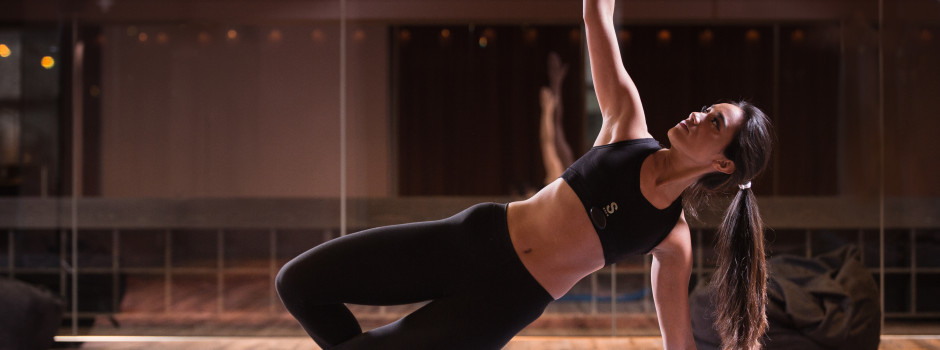
Industry experts in the field of smart textiles and wearable technology recognize that functionality may drive the development of a product, but style, fit, comfort and appearance must be taken seriously, too.
Style is important in all clothing, says Dr. Lucy Dunne, University of Minnesota. “However, “style” is difficult to define and contextually specify,” she adds. Thamizhisai Periyaswamy, Central Michigan University, says, “If the product is brought under the umbrella of medical applications, style would be tertiary.”
But for most other markets, producers take style quite seriously. “As with any other piece of garment, style and quality are key,” says Heapsylon CEO Davide Vigano. “We decided to design and manufacture all our products in the U.S.A. and Italy by leveraging exclusively the highest-quality artisanship and materials available.” Heapsylon is based in Redmond, Wash.
Tom Martin, Virginia Tech, works with developing and testing new textile technologies. He says that for most markets, style is very important. “That garment has to meet all the aspects of that type of garment, and that includes the style aspect.”
Pierre-Alexandre Fournier, co-founder and CEO of Montreal-based Hexoskin, says that for many consumers how a garment looks and feels can be even more important than the technology. “To have a successful product, you need to get both the style and technology right.”
Stéphane Marceau, co-founder of another Montreal-based company, OMsignal, takes that a step farther. “Wearable tech should learn about and better integrate fashion into its products—and vice versa,” he says. “While the technology offered can be mighty impressive, the clothing—the garment itself—needs to make the consumer want to wear it. Why make wearables nobody actually wants to wear?”
 TEXTILES.ORG
TEXTILES.ORG


